Digital Fabrication Examples
What kinds of things can you make in a fab lab?
Kina Lighting
https://www.davidtrubridge.com/collection/lighting/kina/
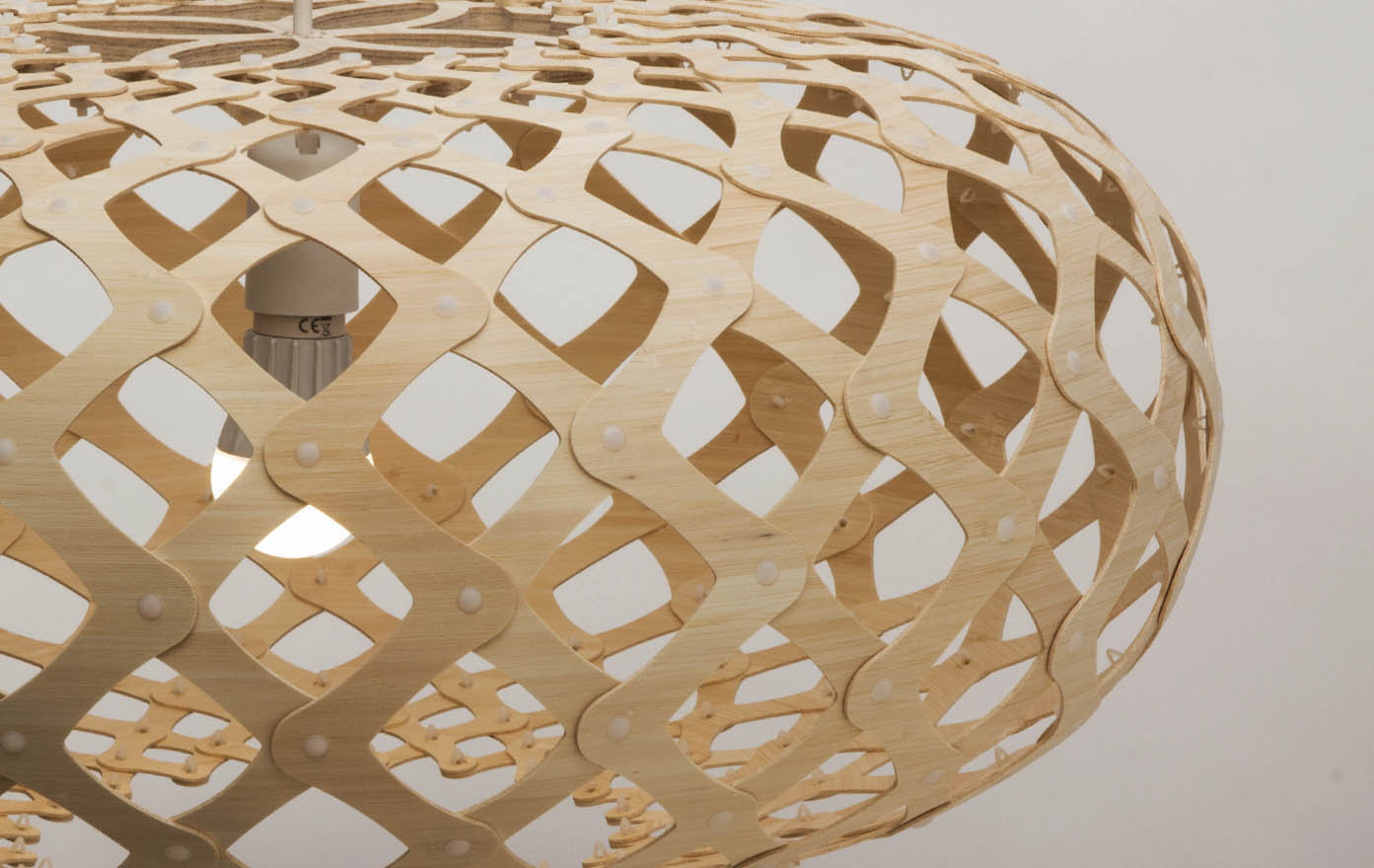
- CNC’d plywood bent to form 3D shape
- Used Rhino/Grasshopper
- Originally a lighting deisgn, now adapted for lightweight structures
Memento Rug
https://cargocollective.com/2form/MEMENTO

- Laser cut wool felt rug
- 2D vector file
- Cut on the machine, but lots of hand finishing required
- High volume production uneconomical
Archisuits
https://ablersite.org/2014/03/20/wearable-workarounds-for-defensive-architecture/
Artist and researcher Sarah Ross’s Archisuits are a hilarious and pointed look at soft bodies in hard spaces—all the ways the built environment is a mismatch for human needs.
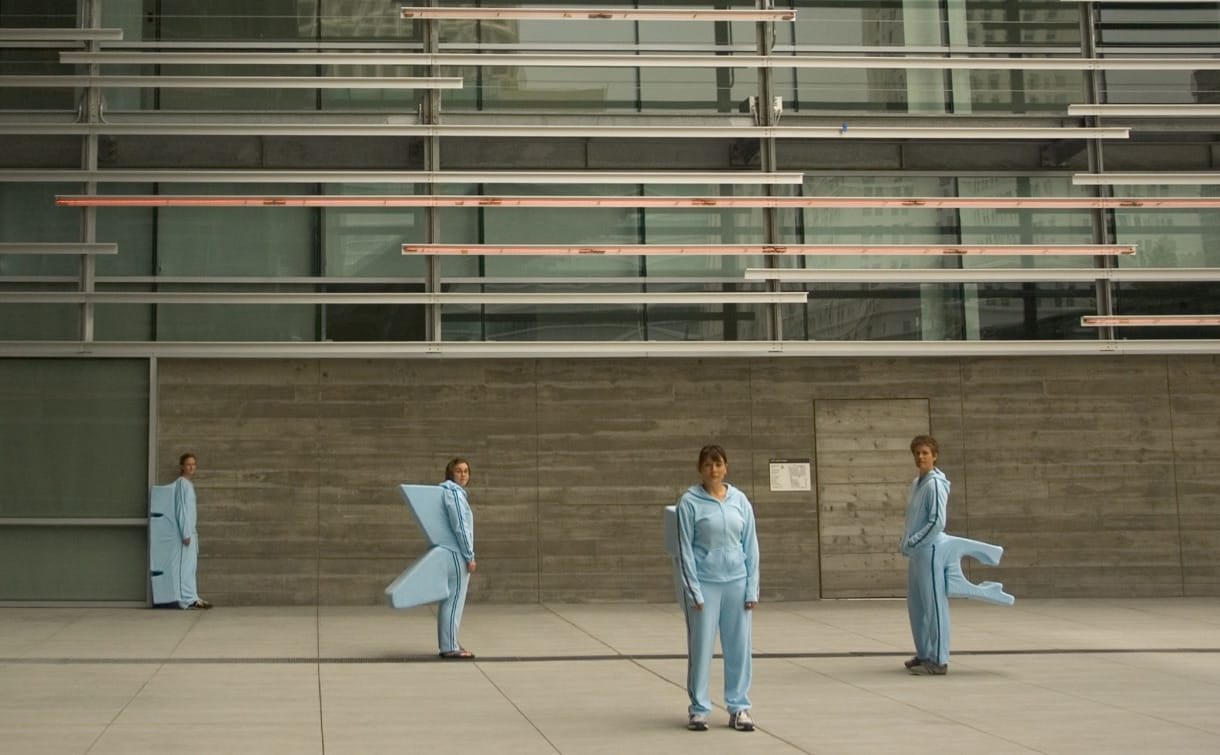
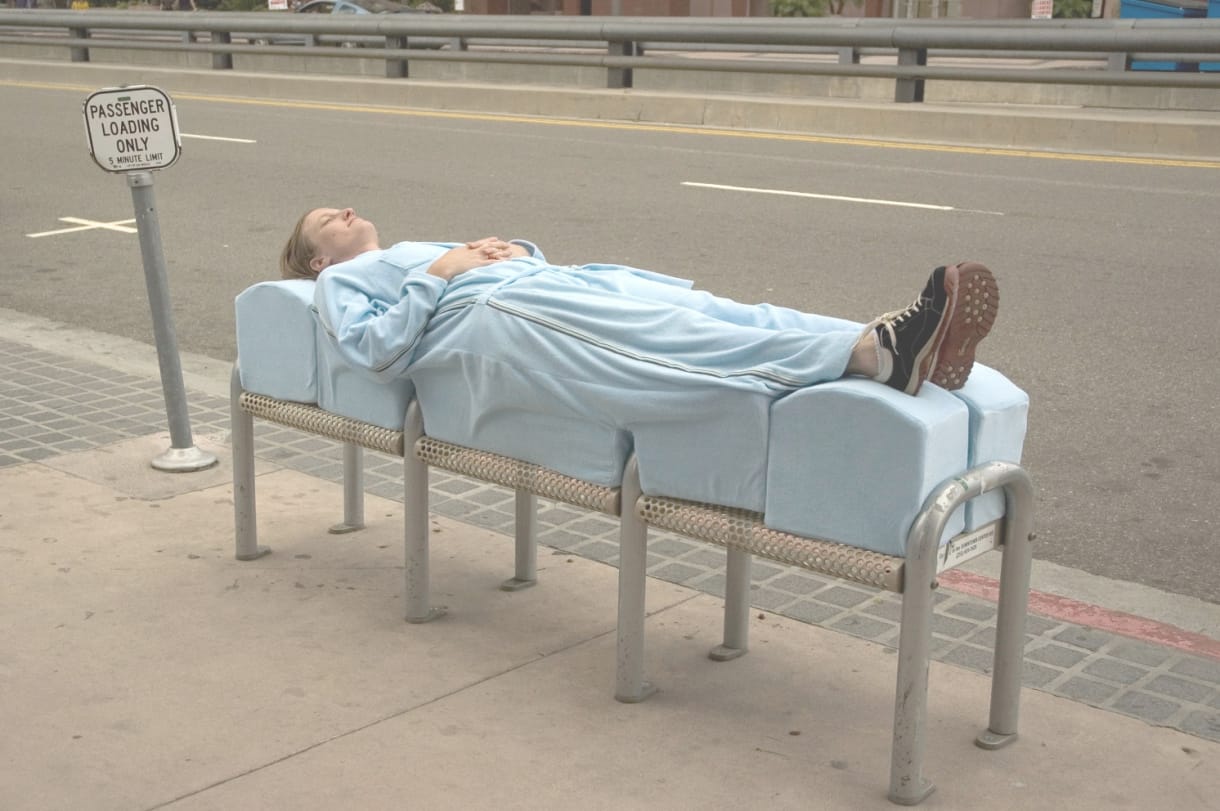
Self-forming structures
https://n-e-r-v-o-u-s.com/blog/?p=8011
The main idea here is that we can make fabric take a specific 3-dimensional shape by printing different patterns of plastic onto it while stretched. The printed plastic inhibits the contraction of the surface, guiding it to take a shape upon release.

Nice project docs too:
I’ll briefly go through some of the interesting-looking shapes we’ve come across over the course of this project. In our first prototypes, we tried to create the fundamental units of area distortion. If you print a circle, the outermost boundary is fixed but the inside wants to shrink, forming into a saddle shape, which is the base unit of negative gaussian curvature. This is because negative curvature can be thought of as patches of surface where area expands toward the exterior. By printing more amounts of material in concentric circles, we were able to control the amount of bending the shape took on.

Active Shoes
http://www.christopheguberan.ch/active-shoes/
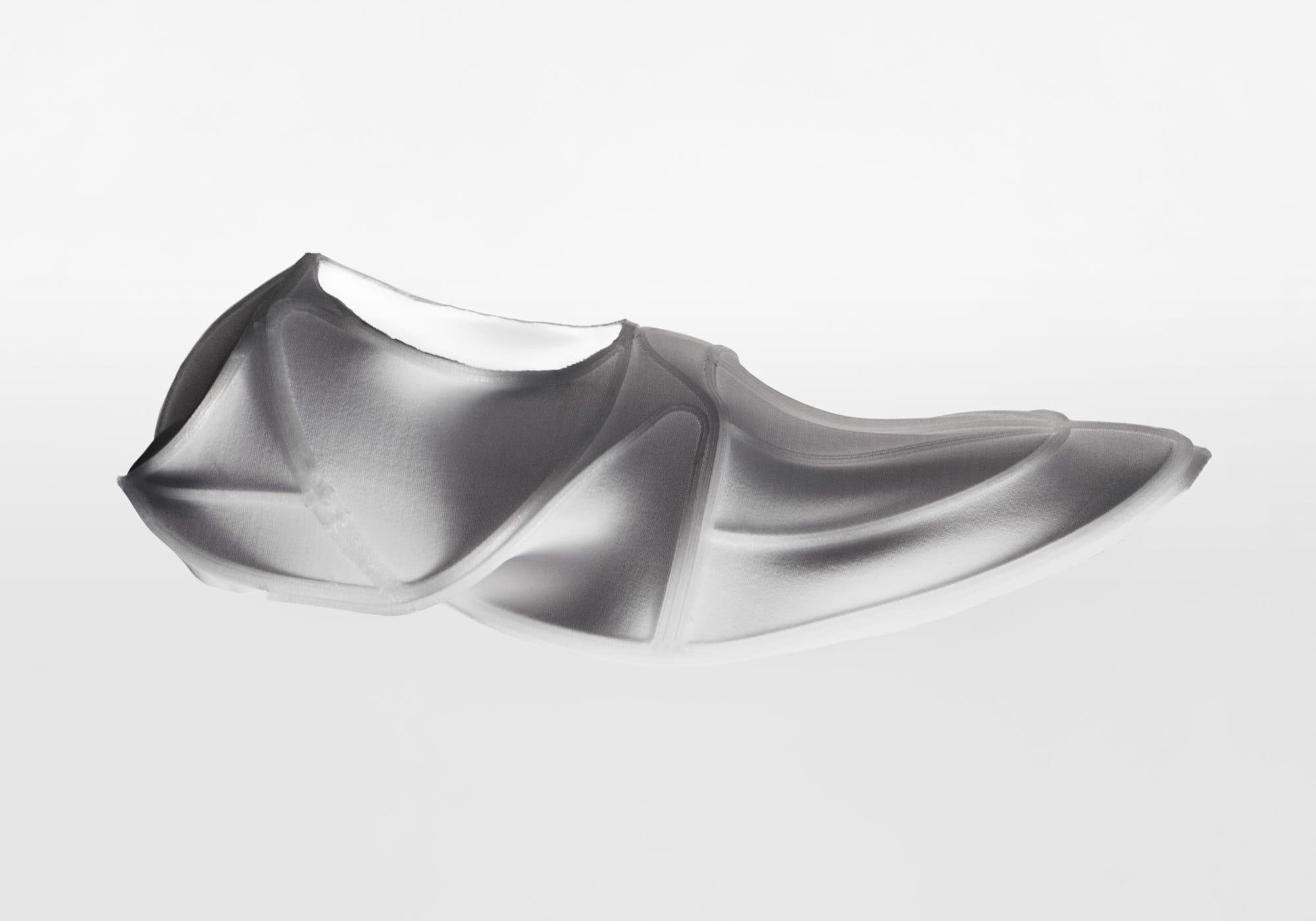
Active Shoe is a research project questioning the production method of a shoe: a 3D printer extrudes a line of plastic on a stretched fabric. The translucent, lightweight, and malleable properties of textiles have been utilized for centuries in apparel design. The Fused Deposition Modeling (FDM) is utilized in a minimal, reduced way to structure the fabric. By printing material of different layer thicknesses onto stretched textiles, we are able to create self-transforming structures that reconfigure into pre-programmed shapes. The 2D pattern «jumps» after cutting into a 3D shoe. 
World’s First Cheeseburger Robot

During college Alex became obsessed with the idea of completely automating the cheeseburger. He believed a robot-made burger could be faster and more sanitary, but above all, fresher and tastier, because a robot could perform modernist gourmet techniques while also freeing up money for better ingredients.
After graduation Alex began building his robot, teaching himself mechanical engineering as he went. Without prototyping tools of his own, he became a regular at TechShop, the late lamented chain of open-access DIY fabrication workshops — but this required brutal 800-mile round trips on Interstate 5.

3D Printing concrete
https://www.instagram.com/p/B7LwJPdpJvZ/
Same principle as a 3D printer, adapted to a different material and scale.
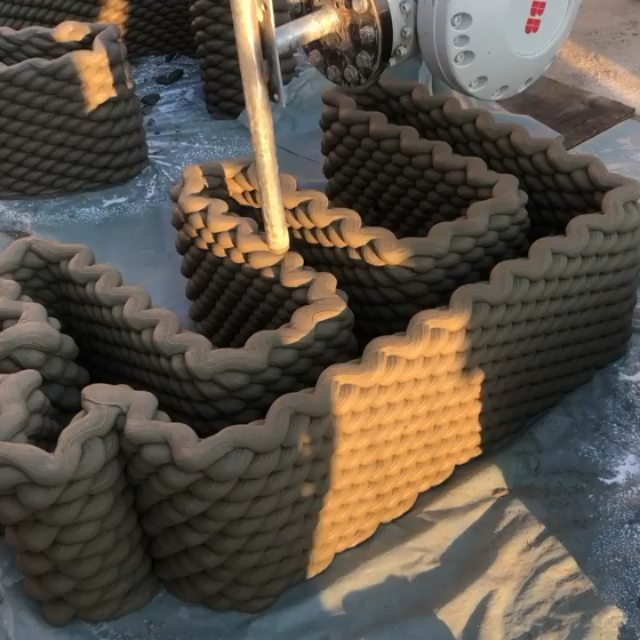
Find out more
Search the Fab Academy project archive: http://fabacademy.org/2019/
Use the Google custom search at the bottom of the page.
Might give you some ideas for your own projects …